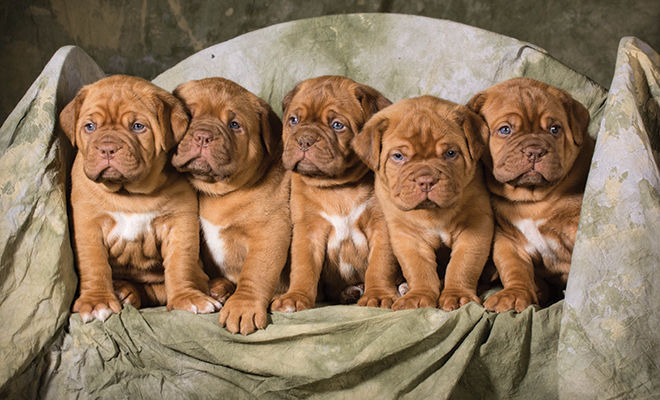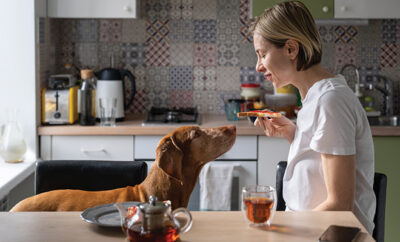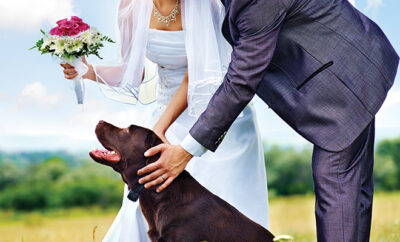
Litter Training Puppies: Modern Solutions for Modern Dog Moms
Dogs have been living side by side with people since people were still nomadic. Dogs are omnipresent in human art from the beginning of history to our kids’ art projects. It’s no wonder that they have earned the moniker man’s best friend. It seems equally unsurprising that studies have recently shown that dogs, on the whole, prefer women to men.
Our modern lives have taken us out of caves, given us rabies vaccines, the 19th Amendment and introduced some new problems. As much as we love our canine soulmates, taking them outside to potty as often as they need isn’t always practical. Work hours are long. The night is dark. Weather can be inclement. Dog moms worldwide keep asking themselves, “Why can’t dogs be litter trained like cats?” I’m here to tell you: dogs can be litter trained. Probably.
There’s as much variety in the dog toilet market as there is in dogs themselves. Be that as it may, litter training works best for small breed dogs and puppies. The idea of a Great Dane using a litter box is comical but also a logistical nightmare if you think about it.
The first option is the most obvious: a conventional litter box. A dog box is bigger than a cat box, has higher sides and no top. Most dog litter is made of recycled newspaper but there are also clay options. You scoop it when it smells bad and that’s it!
Next up is the pee pad holder. If you’ve had a puppy before, you’re probably familiar with the pee pad. They have plastic undersides and are absorbent to soak up and contain any urine. They are designed for use during housebreaking and were meant to replace the tradition of puppies peeing on newspapers. The problem? Dogs love to shred them and scatter the bits through the house like gross confetti. The pee pad holder holds the pee pad taut so theoretically the dog can’t shred them. I think my dog could figure it out. He loves puzzles.
Plastic grate-style litter boxes will be the first one I try next time I have a puppy. It’s a very shallow box with a plastic grate on top. When your puppy needs to use the loo they just hop up and do what they came to do. The solid waste stays on top of the grate so you can pick it up and do whatever you do with poop. Personally, I flush it. The urine goes down into the shallow box where it is absorbed by either a pee pad or litter, depending on the model.
One of the more high-tech offerings is Fresh Patch, which made its debut on Shark Tank and is hydroponically grown grass in a box. Hydroponic means it was grown without dirt. I didn’t know that was possible. No dirt means no digging. Your dog is supposed to pee and poop in it until the grass gives up the ghost and dies. Then you throw the whole biodegradable mess away. Isn’t science great? Dogs love it. It can get pricey depending on how often you replace the grass and the size of your dog. If you have one dog, the grass needs replaced every two to three weeks. The price is based on the size of the box, which is based on the size of your dog. Can you put a price on not stepping in a puddle?
There are also synthetic grass options that you wash and reuse instead of tossing and replacing, which is more economical. The downside is, some dogs just don’t like it. Other dogs seem fooled by the faux grass because they try to eat it, which is a problem since it’s plastic.
Once you’ve picked an indoor dog toilet, training Rover to use it is pretty straightforward. Watch for signs the puppy needs to go, such as sniffing or beginning to squat. Then quickly place the puppy on his new potty place and say something like “Go potty!” If he does, shower him with praise and give him a nice treat. Puppies should be taken potty once an hour for the first week; then gradually increase the length of time between potty times. The puppy should also be taken potty 15 minutes after every meal until he starts taking himself. When this happens, praise your puppy like he just discovered gold in your backyard. A high-value treat helps, too.
If your puppy has an accident, make sure you clean it with something designed to clean up pet urine, though, or this will be a recurring problem. Yelling at the puppy, rubbing his nose in the accident or hitting the puppy will do nothing but confuse him. The puppy won’t know why you’re so mad. The most important part is to be consistent and patient. ■
Sources: livekindly.co, wikipedia.org, k9ofmine.com, prnewswire.com and freshpatch.com.







